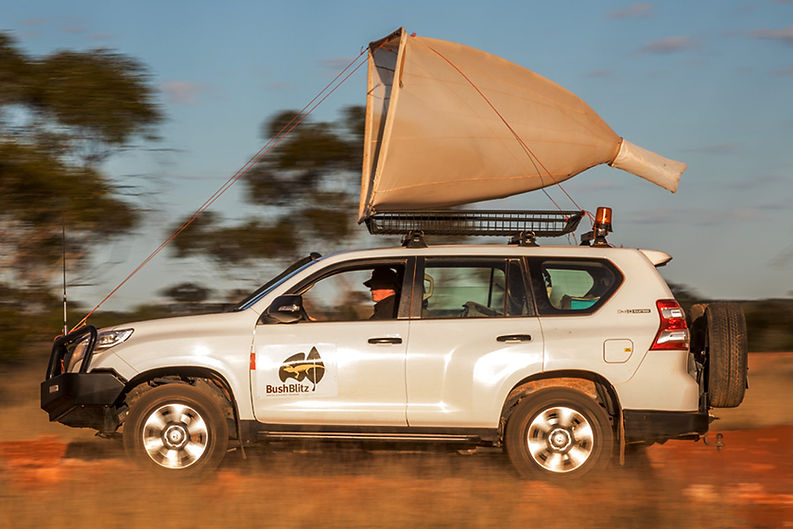
DiscoverBees
Discovering and documenting Australia's native bees
Taxonomy Australia and the Wheen Bee Foundation have launched a funding drive for DiscoverBees, a campaign to accelerate the discovery and documentation of Australia's native bees.
If funded, DiscoverBees will be a six-year campaign to discover and name the remaining native bees in Australia, to provide ways for a wide range of people to identify native bees, and through these to provide a firm foundation for the conservation, management, utilisation and understanding of native bees in Australia.
Native bees are among the most important and charismatic insects in Australia. They are vital pollinators, not only in natural ecosystems but also in many important crops. Australian native bees are diverse, live many different lifestyles, and come in a great range of sizes and colours. A few species even produce unique and tangy honey, a sweet delicacy that has been sought by people on this continent for millennia.
Australian native bees are fascinating, and are increasingly capturing the hearts and minds of all Australians who have an interest in our marvellous biodiversity.
And yet, there is much still to discover about our native bees. Taxonomists—scientists who discover, name, classify and document species—estimate that around 1,600 species of native bees have been discovered and documented in Australia so far, but perhaps more than 1000 species still remain undiscovered, unnamed and undocumented.

The large, solitary,teddy bear bee (Amegilla bombiformis) near Noosa Heads in Queensland.
Photo (c) Jessica Drake
At the current rate of taxonomic study, it will take more than a century to discover, name and document these remaining species, and hence to gain a more complete understanding of Australian native bees and their conservation needs, biology, ecology and lives.
This is too slow. Many species of native bees and other insects will become extinct before they are even discovered; many others will be named from specimens in museum insect collections long after they have become extinct. This would be a tragedy, with unknown but perhaps severe consequences for the health of the Australian environment.
We cannot manage Australia sustainably if we cannot manage and sustain our native bees, and we cannot adequately manage and sustain our native bees while so many remain unknown and invisible.

A male Megachile (Eutricharaea) maculariformis. Megachile is one of the largest and most widespread genera of AUstralian native bees, and includes many unnamed and poorly understood species.
Photo (c) Tobias Smith
DiscoverBees is part of a Taxonomy Australia initiative to discover and document all remaining Australian species of animals, plants, algae, fungi and other organisms in a generation. Taxonomists estimate that around 70% of all Australian species remain undiscovered. As with our native bees, the sustainable management and conservation of Australia's environment and biodiversity is impossible when so many species remain unknown, un-named and invisible.
We need to do better.

Collecting native bees for taxonomic research on Eyre Peninsula, South Australia. Photo (c) Remko Leijs
You can help by supporting DiscoverBees and Taxonomy Australia in its campaign to discover and document the remaining native bees in Australia. Learn more about native bees and their taxonomy by following the links below, keep abreast of DiscoverBees by bookmarking this page and subscribing to Taxonomy Australia, and donate to the campaign to discover and document all remaining Australian native bees by visiting the Wheen Bee Foundation and donating to the Rita Bee Fund, which for the next three years will dedicate all donations to the discovery and documentation of Australia's undiscovered native bees.

Scientists sometimes collect native bees using surprising and striking methods. Photo (c) Remko Leijs



